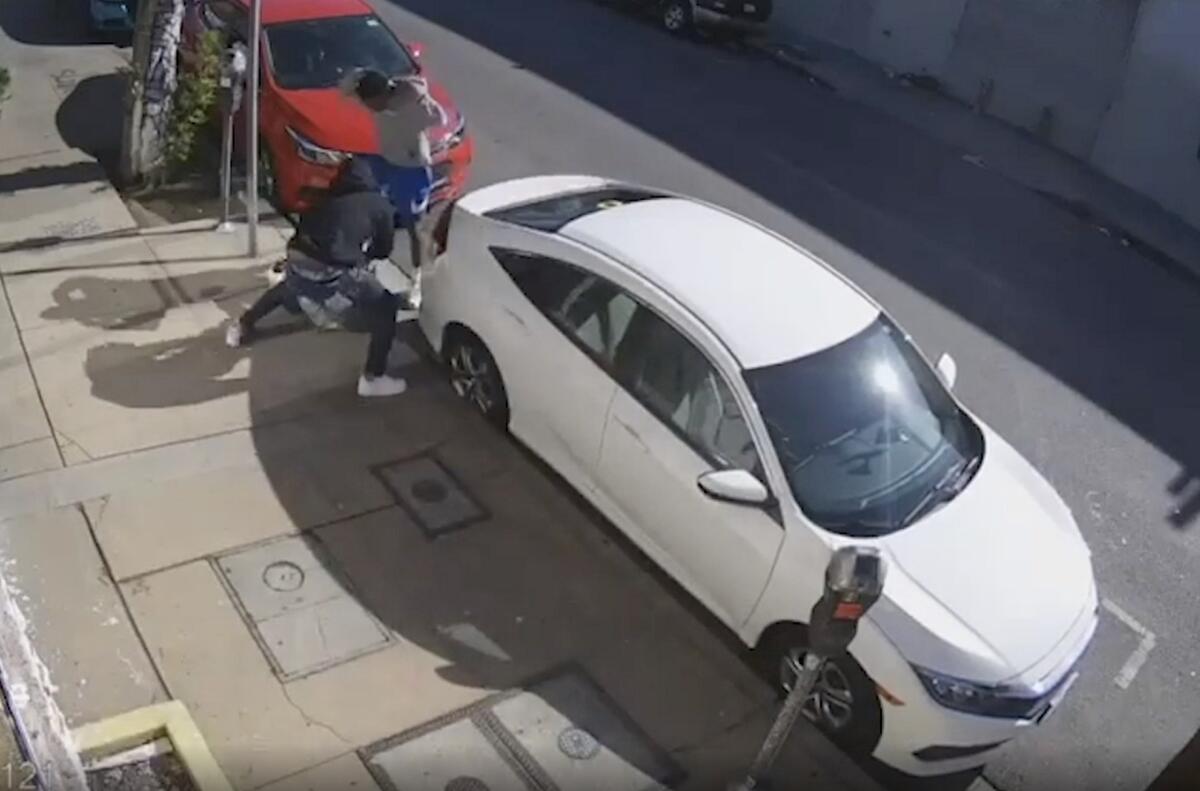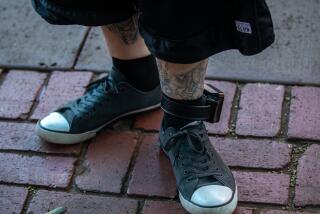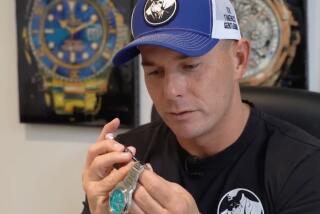Column: What’s shaping the soak-the-rich watch-stealing spree? Just ask Jay-Z and Beyoncé

It was the kind of Los Angeles crime story that was bound to make national headlines:
Crews of inner-city gang members are preying on rich people in posh public spaces and stealing their luxury goods, according to a report by an LAPD task force trying to stop the robberies.
As my colleague Kevin Rector reported, the thieves target people driving expensive cars and wearing high-end watches. Shots have been fired several times, and two people were killed.
As it did for many readers, the story generated a swell of feelings in me: horror at the violence inflicted, concern about the city’s growing class divide, and shock that so many brazen attacks could take place in broad daylight on busy streets.
But the story also piqued my curiosity. What makes a watch worth more than I paid for the house I’ve lived in the last 30 years? Who are these people walking around with the equivalent of $300,000 strapped to their wrists?
What does a watch that pricey even look like? I imagine a thick, clunky gold timepiece, studded with jewels and stuffed with obscure chronological functions.
But that, I’m told, is an outdated view. High-end watches today are no longer the fussy, sober, ostentatiously complicated styles that previous generations venerated. “They are beautiful watches,” The Times’ resident watch expert, Daniel Miller, told me. “Sleek and stylish with integrated bracelets ... evocative of a kind of ‘70s cool.... It’s part of the uniform of the new wealthy class.”
And that, I suspect, is what’s making watch owners targets. But we ought not blame the victims, or suggest that people need to hide signs of their wealth. Anyone should have the right to walk around this city without having their watch stolen — whether it’s a Timex or a Rolex.
But the reality is more complicated and harder to address.
High-end timepieces seem to have become the jewelry theft equivalent of French bulldogs in the stolen dog world. Think Lady Gaga, who offered a $500,000 reward after her pups were stolen and her dog walker shot last year. They’re a magnet for thieves, a source of pride for their owners, and a heartbreakingly hot commodity on the black market.
________________________
Our watch story blew up as soon as it was posted on The Times’ website last week — as frightened watch owners rushed to share it on forums and alert their watch dealers.
“It went viral in minutes,” recalled vintage watch dealer Eric Wind, who was immediately deluged with frantic messages from around the world. His Los Angeles clients “are very nervous about this,” he said.
But criminal preoccupation with high-end watches isn’t new, and it’s not specific to gangs or confined to Los Angeles.
Watch thefts have been rising for years, particularly in big cities like New York and L.A. — and abroad in London, Paris and Amsterdam, cities where a victim who resists risks losing a hand or worse.
What is driving this outsized popularity and fueling such craven appeal? I put that question to Miller, who recently spent a year chronicling the century-long hunt for tycoon J.P. Morgan’s legendary missing watch.
High-end watches “are definitely having a moment,” Miller told me. The top brands are now pop culture icons, because so many hip-hop stars name-drop them into their songs.
When Cardi B raps that “Rollie got charms,” she’s talking about a Rolex watch.
Jay-Z and Beyoncé aren’t shy about admitting in their “Everything Is Love” release that they spent “250 for the Richard Mille” watch.
And Young Thug raps in “STS” about the “[Patek] Philippe on my wrist.”
That adds to their cachet, but it might also breed a warped kind of aspirational loyalty. I can’t help but think back to decades ago, when iconic sneakers were the luxury goods hailed in rap music, and basketball courts were no longer safe places to be because gun-toting teens might steal your shoes. But owning a Patek Philippe is a far cry from snagging a pair of Air Force Ones.
Miller ticked off for me the forces that have made the watches dramatically more expensive, much harder to find and lucrative targets for criminal heists — and why so many folks are still determined to own them.
People “who were flush and bored and needed to blow off steam” began building their watch collections during the pandemic. But coronavirus lockdowns stalled watch creation and production, shrinking supplies and raising prices — just as the cryptocurrency wave created a flood of newly minted millionaires eager to broadcast their status with insanely expensive bling on their wrists.
“There was all this money pouring into the watch market, and [the most important companies] weren’t able to meet the demand,” Miller told me.
So the Rolex gold Daytona with the green dial might have had a $40,000 price tag in the store before it sold out, but its resale value now is more than $140,000. That’s what helps criminal enterprise and black markets thrive.
But there’s more than price in play when it comes to watches’ cachet.
“Watches are a super interesting mix,” watch dealer Wind explained. “There’s the beauty element, the intricacies inside it, the scientific aspect, and the fashion side of how it looks.” So of course owners “want to show it off. You get your new watch and right away you’re on Instagram.”
Miller, who’s owned several vintage watches, agrees. “There’s a real magnetism for some people,” he said. And they’re not going to let fear get in the way.
“Men don’t get to wear much jewelry, and this is a way to express your own taste.”
“These are watches that show ‘I’m a baller. I can afford the best things.’ And they’re also just damn good, well-made watches.”
Too good to lock away when you’re out on the town.
For better or worse.
More to Read
Sign up for Essential California
The most important California stories and recommendations in your inbox every morning.
You may occasionally receive promotional content from the Los Angeles Times.











